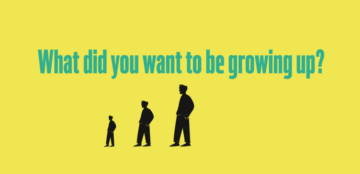Poor, poor, Elise Christie.
She is the World Champion speed skater with an aversion to doing well in the Olympics. She has been disqualified more times than the Russian weightlifting team. I have just seen her crash out (boy that ice is slippy) for the sixth time in six events over two Olympiads. So much talent and such misfortune.
The nation weeps with her and they don’t come more lachrymose than me. I find the Olympics a very emotional armchair experience. “OMG Dad is crying again” is a common refrain in our house. You see I marvel at so much effort and training channelled into a short moment of performance with the uncertain prospect of despair or elation at the end of intense competition. If there is a backstory of a brutal orphanage and survival of an obscure tropical disease, so much then better.
There is of course a robust industry of motivational speakers earning a healthy post-amateur living from explaining how the intensity of training can improve the margins for your engineering business in Reading. I have heard some great ones at events over the years, from swimmers to rowers, but no one has captured the essence of competitive advantage better than Linford Christie who attributed his fast starts to going on “the B of Bang”. (A statement immortalised by the artist Thomas Heatherwick as a sculpture outside the Stadium of Manchester to inspire future generations.) To succeed we clearly need to focus on the “P” of “Profit” and not get distracted by the “lure of failure”. Eat your heart out Kriss Akabusi.
However, what we can learn from today’s ice-carnage is a very different lesson. Resilience.
We all know how volatile our lives are today. The world is unforgiving and mistakes are invariably punished not forgiven. Anxiety is fanned by the liberation of technology and can easily swamp our self-worth. Time to toughen up and go through some personal training akin to a pre-dawn frosty training run.
The Guardian in a 2017 article pointed out that“while we know that career success can be largely defined by hard work and luck, the ability to work through adversity should never be underestimated. It’s easy to dismiss resilience as something you’re either born with or without. But it can be built with a few simple techniques”.
Those techniques are not simply a question of developing a structured approach to goal-setting. Rather, its source will be the creation of balance in all aspects of your daily existence. My training schedule to develop Olympian-level resilience is therefore about having a general good time to help fortify you for those moments when the stress of unreasonable corporate behaviour is very real. Nothing too complicated – fun at home, lots of exercise, good holidays, nice friends and a sense of humour at all the rubbish we have to put up with in the world. Linford Christie would call it the “P” of “Perspective”.
A study by Penn University in 2014 surprisingly showed that people’s cortisol levels, which measure stress, are generally higher at home than they are at work. The key to being stronger in dealing with these cortisol levels (which are not performance-enhancing) is to spread our emotions by prioritising all aspects of life equally. This perhaps is a true measure of resilience. The challenge is to acknowledge that a bad day at the office has to be offset by a good night at home.
In the meantime, to Elise Christie, a promise from this big girl’s blouse. Get even a bronze medal in Beijing 2022 and I will be blubbing.



